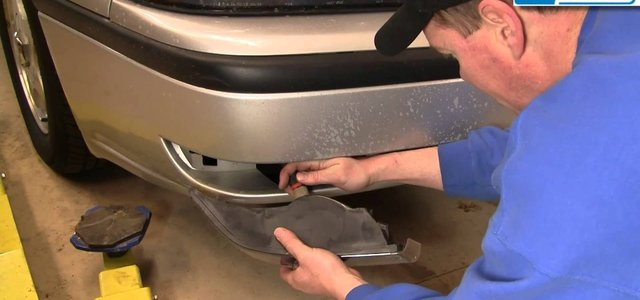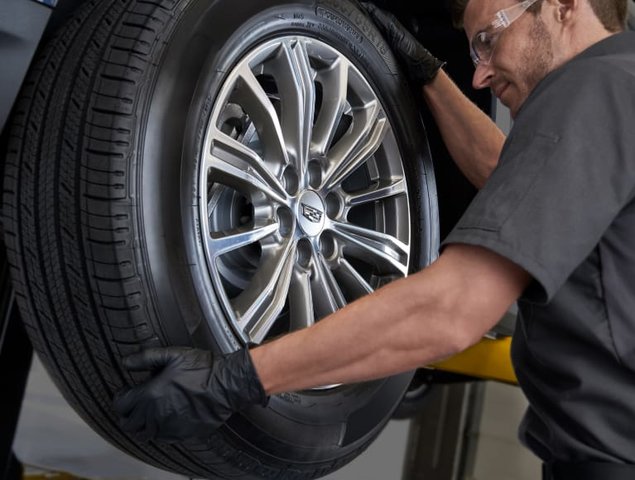Instead of just being cosmetic, many pieces of plastic serve a purpose on your car
Few drivers are ever happy when a small fender-bender or parking lot mishap mars their rides. And the refrain, “Is everything on this car made of plastic?” gets more common and louder every year as carmakers continue to shave weight off of their products. And of course the ever-present threats of increased insurance premiums drive more car owners to take matters into their own hands when trying to patch up some apparently minor damage. But just because a piece of trim is plastic (or other nonmetallic material) and doesn’t seem to serve any purpose other than cosmetic are no reasons to just rip it off and toss it in the garbage.
Front bumper lower trim parts and under-body shields rate as the most common bits to succumb to impacts of various types (usually from close encounters with curbstones and snow banks). And in some cases you can pop these bits off with little or no negative consequences, but not always. If any piece mounted to the lower forward edge of your front bumper has any vertical section, it’s likely there to redirect air up to the radiator to provide more cooling. Toss an air-dam like this in the garbage and you risk increasing the engine’s running temperatures to something higher than it likes.
Lower engine belly shields are primarily there to provide improved fuel economy, but not always. Many carmakers use them and/or additional plastic shields to keep excess water and snow away from drive-belts. Take a spin through some freshly fallen white fluffy snow without a lower belt shield in place and the movement of the belts and pulleys can suck enough snow onto them to cause the belt to slip and pop off.
Fender liners are probably the cheesiest and easiest-to-break plastic panels on most vehicles. A recent viral post from a new vehicle owner revealed a great reason to make sure they’re in place. Apparently on the way home from picking up his new Tesla from the dealership, a hapless owner had the rear bumper cover literally blow off in a rainstorm. The cause was determined to be the rear fender liners that weren’t properly attached, letting all the water that the rear tires threw up to collect in the bumper cover until it couldn’t hold any more weight. Other problems that missing liners can cause are not so immediate. Without them, the constant impacts from stones and grit thrown up by the tires can lead to premature rusting.
The other problem with simply removing and tossing various body bits is that some of them support electronics and other components that have more important purposes. For example, many bumper covers and related panels can have air-bag crash sensors or lamps attached to them. A good rule of thumb is that if there’s any wiring attached to the broken piece giving you trouble, think twice before ripping it off altogether.









